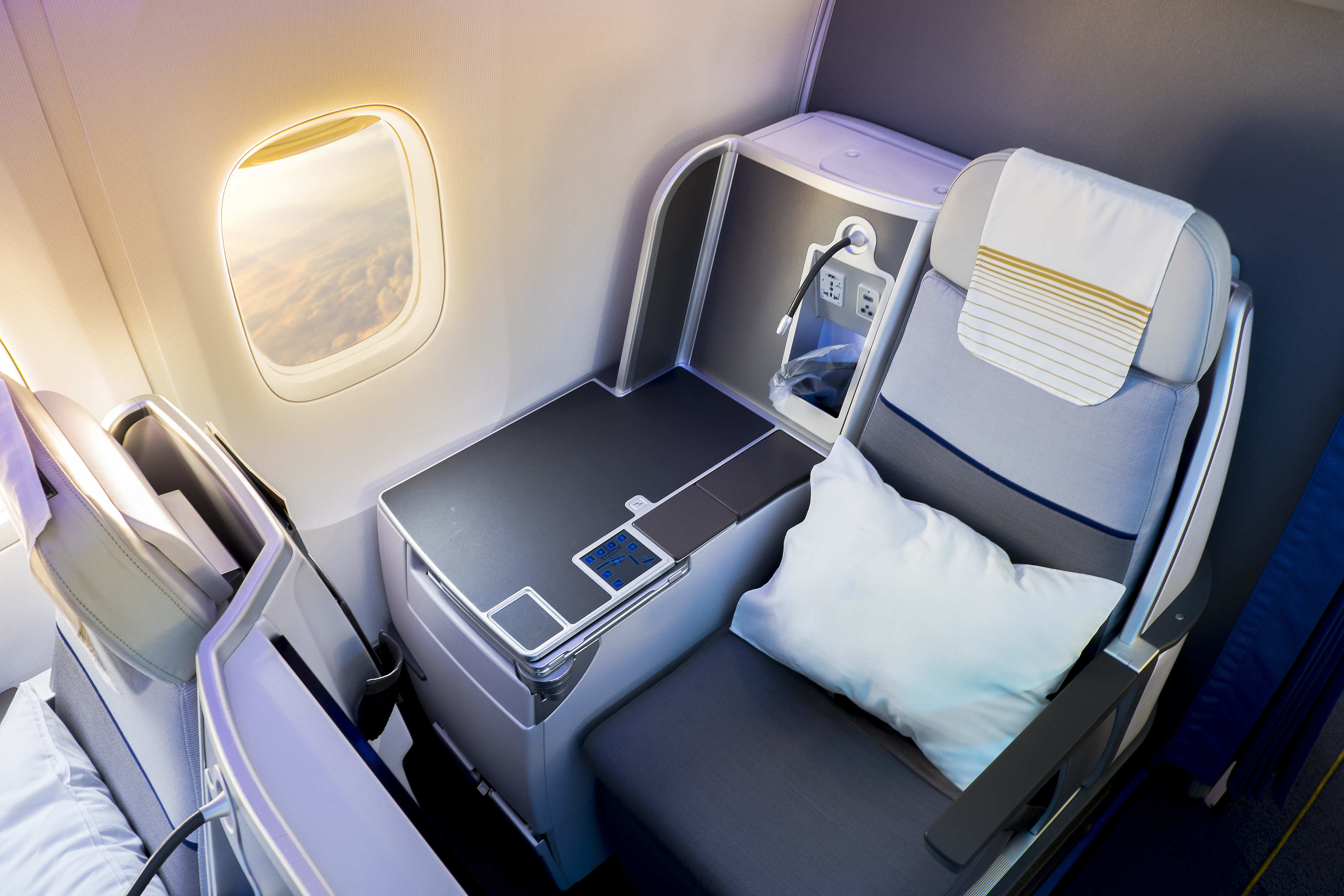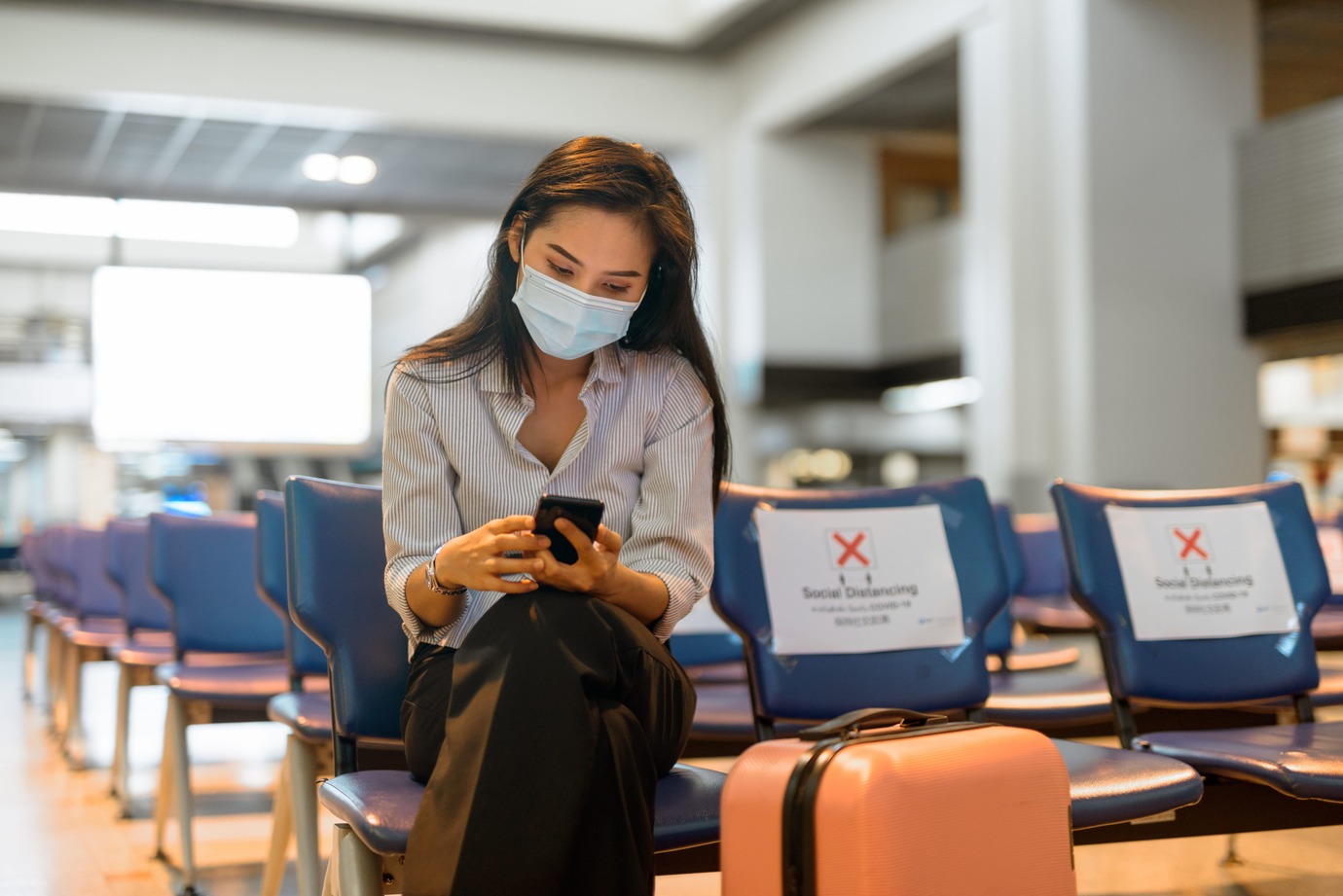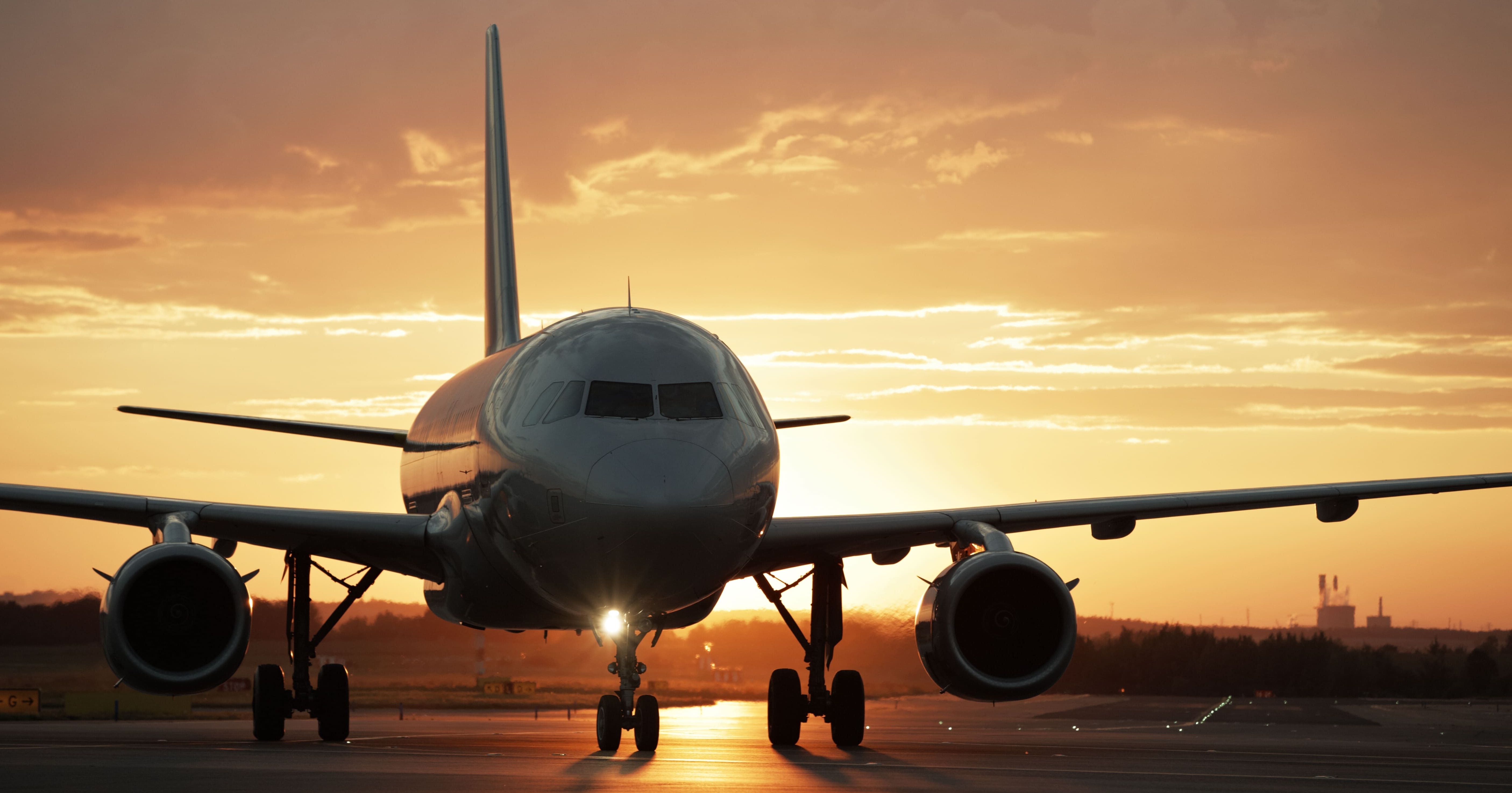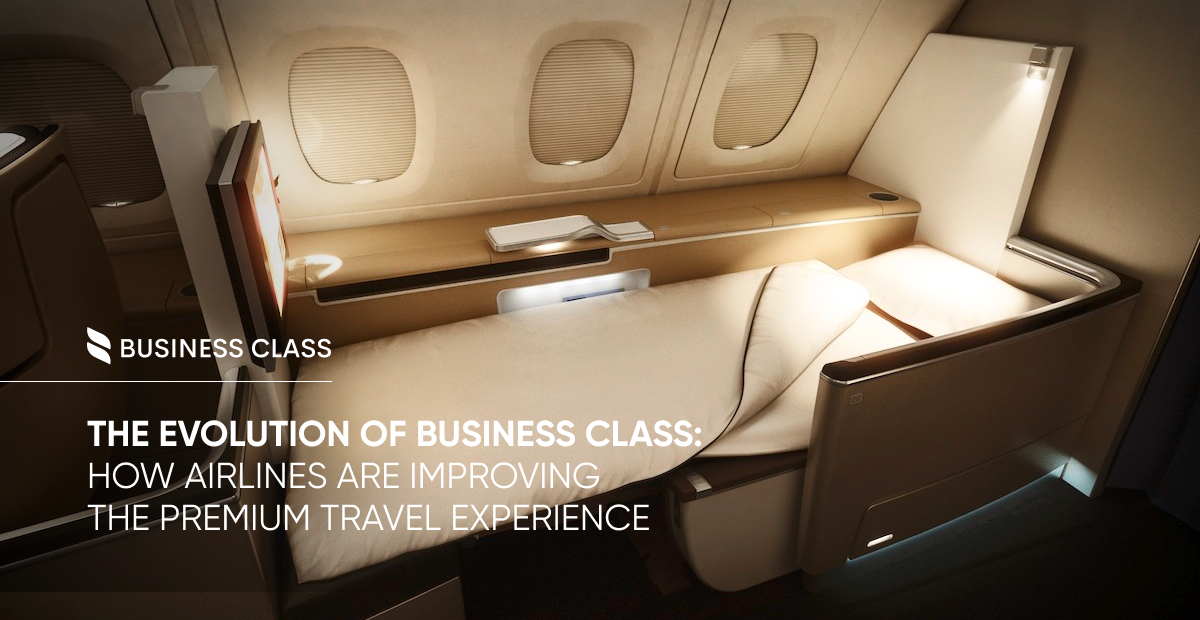Before COVID-19 (Coronavirus) forever changed the world we live in, most of us didn’t give the airline industry much thought beyond the basics of booking flights and looking into airline-specific bag policies and boarding procedures. In the post-pandemic world, however, there’s a lot more to think about – especially when you factor in the degree to which the travel industry, in particular, has been shaken by the Coronavirus outbreak. With lockdowns lifting and more people returning to the friendly skies, you may be starting to think about planning a trip. Wondering what that might look like?
Here’s a closer look at the state of the airline industry, what it means for travelers, and what to expect from airlines in these unprecedented times.
The State of the Airline Industry

“We are now in the midst of the gravest crisis the aerospace industry has ever known,” Airbus chief executive Guillaume Faury told The Guardian in late April. And, according to insiders like Faury, recovery may take as long as five years. This is somewhat of a setback given that, prior to COVID-19, global air traffic was undergoing steady growth.
Government bailouts have helped keep airlines afloat during this uncertain time, but cutbacks will continue to be part of the picture resulting in a leaner industry. “If the recovery is as slow as we fear, it means our airline and our workforce will have to be smaller than it is today,” United CEO Oscar Munoz and President Scott Kirby said in a late March message to their employees.
And while we can’t know for certain the full extent of the impact of the crisis on the airline industry, some predictions – based on historical data from previous downturn markets – have been made regarding adjustments airlines might make in order to survive. These include potential airline mergers, reductions to the number of flights, more flights offered by regional airlines toward fuller planes, and the introduction of higher bag fees and other charges.
At the same time, there are opportunities for airlines, as well. According to Faury, they may focus on addressing another critical challenge during this time – the goal of achieving carbon neutrality set forth by members of the Sustainable Aviation coalition, many of which are major airlines and airports. Indeed, the environment is a recurring theme across many sectors looking ahead, and the airline industry is far from exempt. The Financial Times proposes, “Perhaps the current crisis might nudge us towards a middle way – a more responsible, thoughtful way of traveling that maximizes the contributions to local economies.”
What This Means for Air Travelers

Experts predict that while airfare prices may drop in the short term, there also may be an eventual surge. These higher prices may be a tough pill to swallow – especially factoring in that consumers will have fewer flight and seat options on more crowded, less comfortable flights.
Expect changes when you arrive at the airport, as well. These include new boarding processes and seating arrangements that take social distancing guidelines into account, as well as changes to food and drink service. And while mask requirements aren’t the norm yet, they may be coming along with other measures, such as pre-boarding testing.
Used to taking advantage of travel insurance? Travel insurance as we knew it may now be a thing of the past. Potential changes may include the cessation of the selling of policies completely, more limited policies, and new restrictions to “cancel for any reason” policies, according to Forbes.
But flyers may also see some upsides, too. For starters, airlines will be increasingly conscientious about cleaning and sanitization procedures thereby reducing the risk of transmission for travelers.
Additionally, with travelers still recovering from Coronavirus-related complications, there is likely to be increased demand for – and supply of – flexibility in both cancellation policies and refund policies. Plus, at least for the time being, it is possible to find good bargains on flights so experts recommend nabbing them when you find them.
One last thing to keep in mind? While there may never be a return to “normal,” there’s reason to be optimistic about the “new normal” that will emerge. Travel industry executive Richard Fain told The Washington Post, “Travel and tourism will grow. Not by reverting to what it was, but by adjusting to a world where all activities, everything we do in the world, will have changed.”




